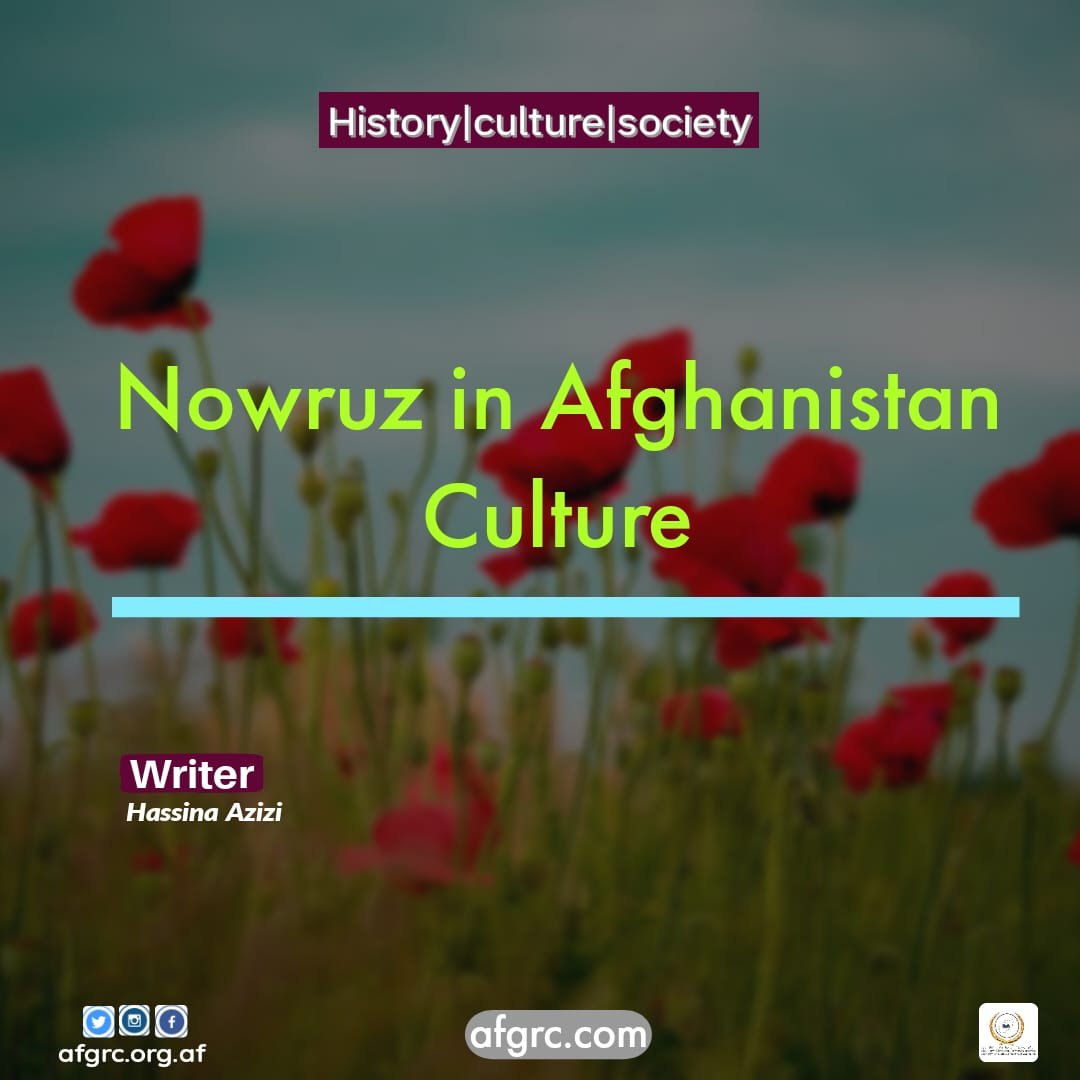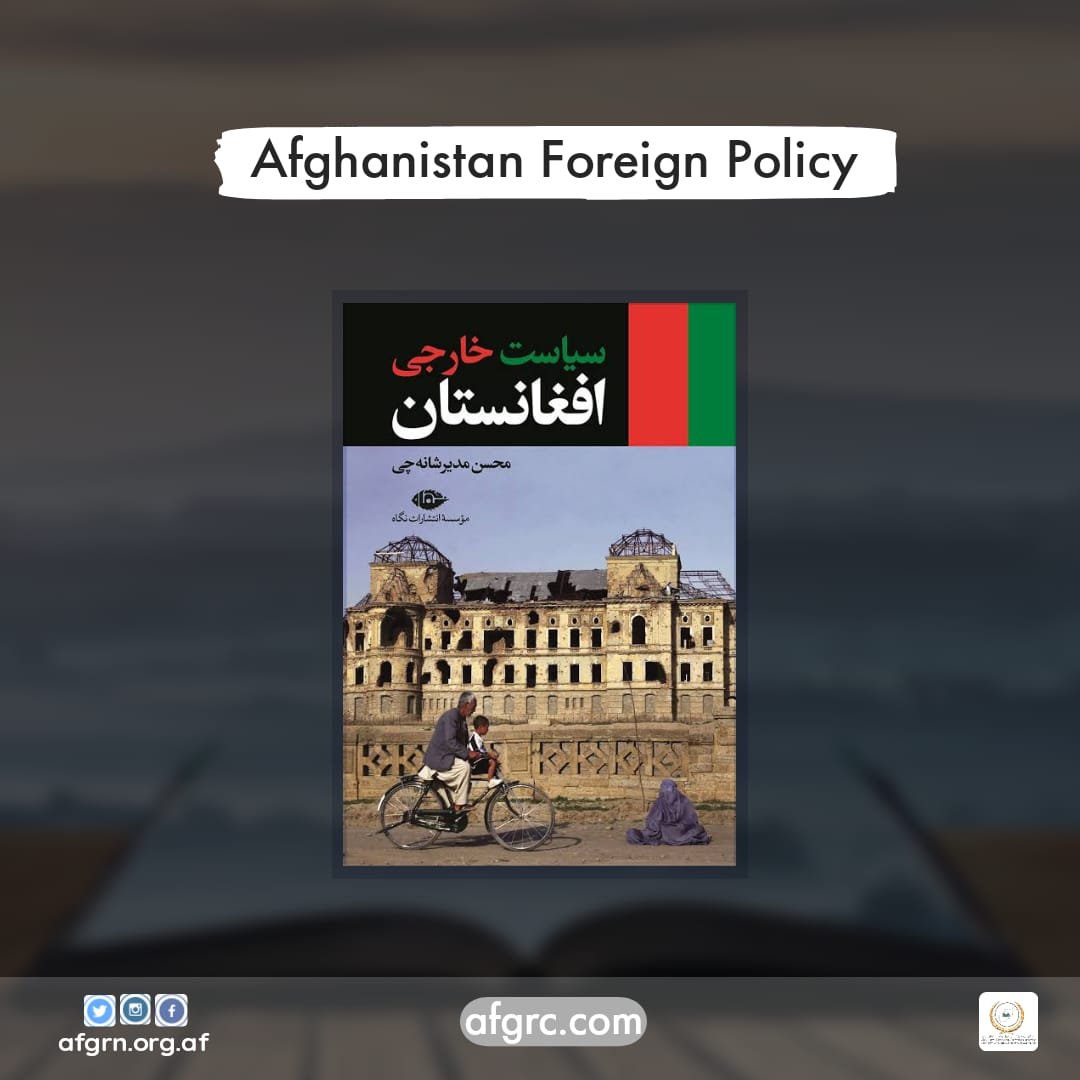Nowruz is one of the traditional and historical celebrations of the Afghan people which dates to ancient Ariana. On the day of Nowruz which coincides the first day of the year in the Hijri solar calendar, the sun assesses the earth’s equator in its movement at the beginning of the month Hamal حمل (which occurs on 21 March), and day and night are equal.
Nowruz is a celebration of nature and is remembered as a symbol of a new beginning among its owners.
Nowruz is not only the renewal of the times, but also reflects the cultural and civilizational identity of Ariana, a civilized and culture-promoting nation. The origin of the Ariayan festivals and rituals of this cultural and civilizational field has a deep and wonderful connection with cosmic and ontological phenomena which is mixed and stimulated with the climatic and local biological peculiarities.
There are different narrations about the history of Nowruz, but the common point in the researchers’ belief is that they accept Jamshid, the king of cultural and civilizational geography of Ariana, as the founder of Nowruz. At the beginning of history, Ariana had two civilizations, Vedic and Avestan. It is possible that the Vidi civilization existed around 1400 BC, the most important feature of which is pastoral life. And the background of Avesta civilization also reaches to 1200 BC, and in terms of the continuity of Avesta civilization, it is the continuation of Vedic civilization.
Historians, citing Avesta civility, believe that during the period of Avesta civilization, the Ariayans of Ariana passed through herding, nomadism, and moving from house to house, and after discovering the fertility of the land, they settled and built towers and castles.
The tower and the castle are a sense of ownership. This establishment and colonization coincide with the kingdom of Shah Pishdadian, namely Yama (Jamshid) in Balkh. During the reign of Jamshid, Balkh was the first region where the royal system was established. And there are several Avesta kings in this vast land.
Jamshid, who is the third king of the Pishdadian dynasty, builds the house in Doshi and discovers the fertility of the land of Balkh, and celebrates the Nowruz festival to protect the victory of man on the earth. That is, Nowruz, the sound of renewal and resurrection birth of the earth is closely related to human colonization. The feeling of owning the land facilitates patriotism. The defense of the territory and the continuity of life provides the mythological background of prose and poetry, and epic poems stand tall as the defense of human existence in such a background.
Avesta, which is one of the oldest religious books written in the Avesta civilization, mentions Jamshid as a person who had divine power, and Jamshid started to fight against Ahriman by the order of Ahura Mazda. Because Ahriman caused a lot of damage at that time, including famine and drought. After Jamshid defeats Ahriman, happiness and blessings will return to the lands twice and the drought will disappear. And in this way, people named this day as “Nowruz” or “New Day”.
Nowruz, this glorious celebration of the people, which is celebrated every year in a wide geographical area that is divided into various countries today. This wide geographical range includes from Central Asia to the Far East, the countries of the Caucasus and several Middle Eastern countries to parts of Europe. Nowruz is celebrated in countries such as Afghanistan, Iran, Tajikistan, Russia, Kyrgyzstan, Kazakhstan, Syria, Iraq, Georgia, Azerbaijan, Albania, China, Turkey, Turkmenistan, India, Pakistan and Uzbekistan in different ways and rituals and in most cases similar, as the beginning of the year is celebrated.
Wearing new clothes, visiting relatives and friends, housewarming, gathering at shrines and praying for the happiness of the spirits of the dead, sightseeing in green pastures (sabze lagad), lighting a fire as warmth and expansion of the mind and as a manifestation of purity, cooking food variety, rose flower bar, Jende Bala celebration, cooking Samnak, preparing Haft Sin and Haft Fruit table, farmer’s festival, Buzkashi, wrestling and flying kites are among the most important traditions, customs and rituals of Nowruz in Afghanistan and countries that Nowruz is considered part of their cultural identity.
Literature in different eras has been one of the best reflectors of human concepts and natural phenomena, and among these, Nowruz as a cultural heritage has flowed in the poetry of Nowruz poets, especially in the Persian poetry of Khorrami Bahar, And the poetry has also come out of this prophecy well and fulfilled its responsibility in different historical periods. Nowruz, in all literary creations, has the meaning of freshness, growth, brilliance, transformation, renewal and justice, which overcomes darkness and spreads the velvet carpet of justice and spring. And for this reason, Nowruz with its spiritual values has flowed in the poetry of poets in various periods.
Since Nowruz has become a cross-border celebration in its time continuity, the vastness of Nowruz and its natural enthusiasm has caused the United Nations to name March 21 as International Nowruz Day and by issuing Resolution No. 235/64, read Nowruz as a tangible human heritage. This resolution, which is called International Nowruz Day, was approved by the United Nations General Assembly on February 23, 2010, at the suggestion of Afghanistan, Azerbaijan, Albania, Macedonia, Iran, India, Kazakhstan, Kyrgyzstan, Tajikistan, Turkey, and Turkmenistan. According to the Voice of America report, Nowruz is accepted in this resolution as an ancient celebration of three thousand years.
Nowruz is celebrated as one of the common cultural symbols in the countries around Nowruz in different ways. Afghanistan, as the origin and one of the inheritors of the ancient Nowruz celebration, has benefited from this important cultural phenomenon in order to create unity among the people of the countries of the region, and Afghanistan is geographically a bridge that connects the countries of the region, all theorists of international relations They acknowledge the economic importance of this position, and in the event of Afghanistan’s transition from imposed wars and achieving peace and stability, along with the economic importance of Afghanistan, cultural symbols such as Nowruz can be a means of maintaining this unity and connection among the countries of our region. And Afghanistan can also benefit from this cultural phenomenon as one of the important factors in regional convergence.
Nowruz, which is no longer celebrated due to the establishment of the Taliban government and the political developments that took place in Afghanistan, now Nowruz color has faded and there is no mention of celebrating Nowruz Because of the Taliban, in justifying this act, put a religious garment on Nowruz and consider its celebration to be in conflict with the Islamic religion. This action of Taliban which has faced restrictions on the cultural occasions of their country, has made culturists worried about the removal of cultural and historical values in the country, but despite these restrictions, Nowruz is widely celebrated at the level of families and small communities.



